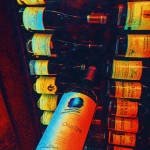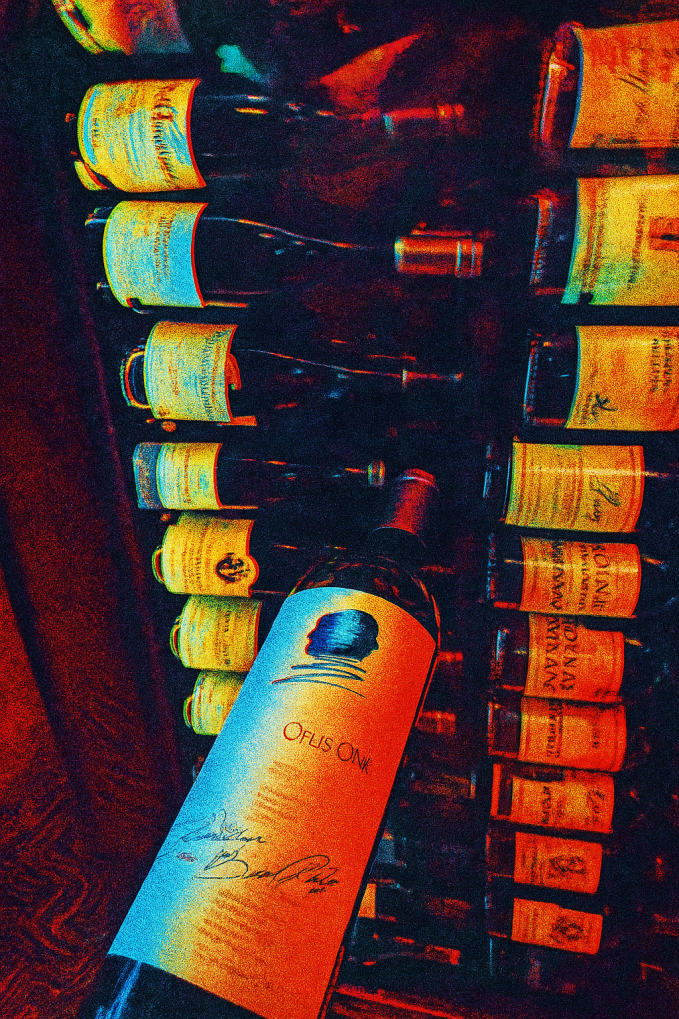
Wine X Staff
Wine X Magazine Online Edition
The Cabernet Myth, Revisited
It used to be a rite of passage. You hit a certain age, got a promotion (or a divorce), and suddenly you were expected to swirl a glass of something dark, oaky, and brooding like it held all the answers.
Cabernet Sauvignon — especially the kind that strutted out of Napa in the late ‘90s and early 2000s — was the symbol of “serious wine.” Big. Bold. Structured. Pricey.
But something has shifted.
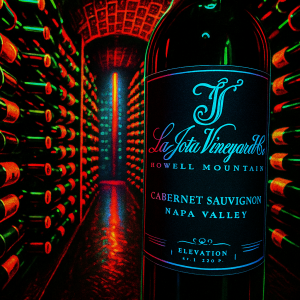 Ask younger wine drinkers what they’re sipping, and you’re just as likely to hear words like “glou-glou,” “carbonic,” “light chill,” and “natty” as you are “Cabernet.” Even among people who still love red wine, the desire for something softer, cooler, friendlier, and less aggressive is palpable.
Ask younger wine drinkers what they’re sipping, and you’re just as likely to hear words like “glou-glou,” “carbonic,” “light chill,” and “natty” as you are “Cabernet.” Even among people who still love red wine, the desire for something softer, cooler, friendlier, and less aggressive is palpable.
It’s not a rejection of red wine. It’s a recalibration. And big Cabs? They’re feeling the squeeze.
Millennials and Gen Z: The Less-Is-More Crowd
Younger drinkers came of age during craft beer, kombucha, mezcal, and mocktail revolutions. They’re not here for palate punishment.
- Tannins? Thanks, but no thanks.
- 15.5% ABV oak bombs? Hard pass.
- $85 bottles that demand steak and a fire pit? We’ll get back to you.
Instead, they’re gravitating toward vibrancy over heft. A splash of Gamay. A chillable Trousseau. A bottle that can go from rooftop hang to Tuesday tacos without needing a decanter or a trust fund.
Cabernet isn’t dead — but its crown is slipping. Because what used to feel luxurious now feels… kind of exhausting.
Winemakers Are in on It Too
Here’s the dirty secret: a lot of winemakers are over big Cab, too.
There’s a reason some of the most exciting producers in California, Washington, and beyond are pivoting toward lighter reds, or rethinking Cab entirely:
- Environmental strain – Cab needs heat to ripen, but extreme weather is wrecking predictability.
- Farming fatigue – Lower-alcohol varietals are often more forgiving.
- Creative itch – Everyone wants to make something that feels current, not just repeat a Parker-era formula.
Take The Scholium Project and Populis in California — both are exploring red blends that ditch the dense structure and embrace energy and freshness. Even bigger names like Bedrock and Ridge are leaning into vineyard nuance over extraction.
The Rise of Mid-Weight Rhône Reds
In the vacuum left by declining Cab enthusiasm, something else is moving in: mid-weight Rhône reds — think Syrah, Grenache, Mourvèdre, Carignan.
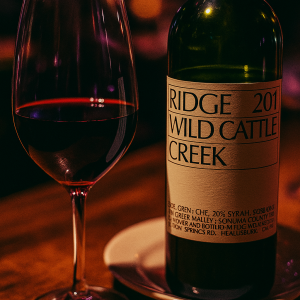 These wines offer structure without baggage. Depth without density. Spice, herbal character, and acid without apology.
These wines offer structure without baggage. Depth without density. Spice, herbal character, and acid without apology.
- Tablas Creek has long led the charge, but younger drinkers are finally tuning in.
- Dirty & Rowdy (RIP) proved that Mourvèdre could be the life of the party, not just the bouncer.
- Piedrasassi and Stolpman are dropping serious Syrah with lift, edge, and drama — not just wood and weight.
This style — call it midweight with mood — is increasingly what the new red wine drinker wants. Something soulful, textured, expressive, but not loud.
Cab’s older brother energy is being edged out by a little sibling with better playlists and sharper cheekbones.
The Blend Glow-Up
Once upon a time, “blend” meant leftovers. A mix of whatever didn’t make the cut for the single varietal bottlings. Blend was bargain bin juice.
But somehow, thanks to social media and a few smartly branded bottles, blends have had a renaissance — or maybe just a rebrand.
Now, a “red blend” is something you brag about.
- Las Jaras “Glou Glou” became a chillable cult wine.
- Field Recordings “Fiction Red” slapped vintage design and fun vibes onto what used to be throwaway wine.
- Donkey & Goat makes field blends that are wild, feral, and fantastic.
Blends let winemakers play. They let drinkers taste stories, not just varietals. They’re unpretentious, unbound by DOCs or expectations, and totally meme-ready.
Sure, some of them are still plonk in disguise. But in 2025, a red blend might be the coolest thing on your table.
It’s Not You, Cabernet. It’s Us.
Cabernet still has a place. It’s still the king of steakhouse lists and high-end auction blocks. But if it wants to stay relevant, it’s going to need to evolve.
- More restraint — Cut the oak, ease off the alcohol.
- More transparency — Where’s it from? What’s the story?
- More fun — Less posturing, more pouring.
Because in the end, the next generation of drinkers doesn’t want to be impressed. They want to be included.
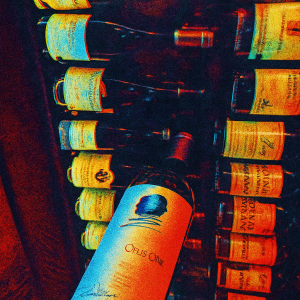 And if Cab can’t loosen up? That dusty bottle’s gonna keep getting passed over for something juicier, chillable, and just plain more fun.
And if Cab can’t loosen up? That dusty bottle’s gonna keep getting passed over for something juicier, chillable, and just plain more fun.
So, here’s to the reds that still let you taste the fruit. The blends that aren’t trying too hard. The Syrahs with something to say. And the future — which just might be a little less Cabernet, and a lot more everything else.


